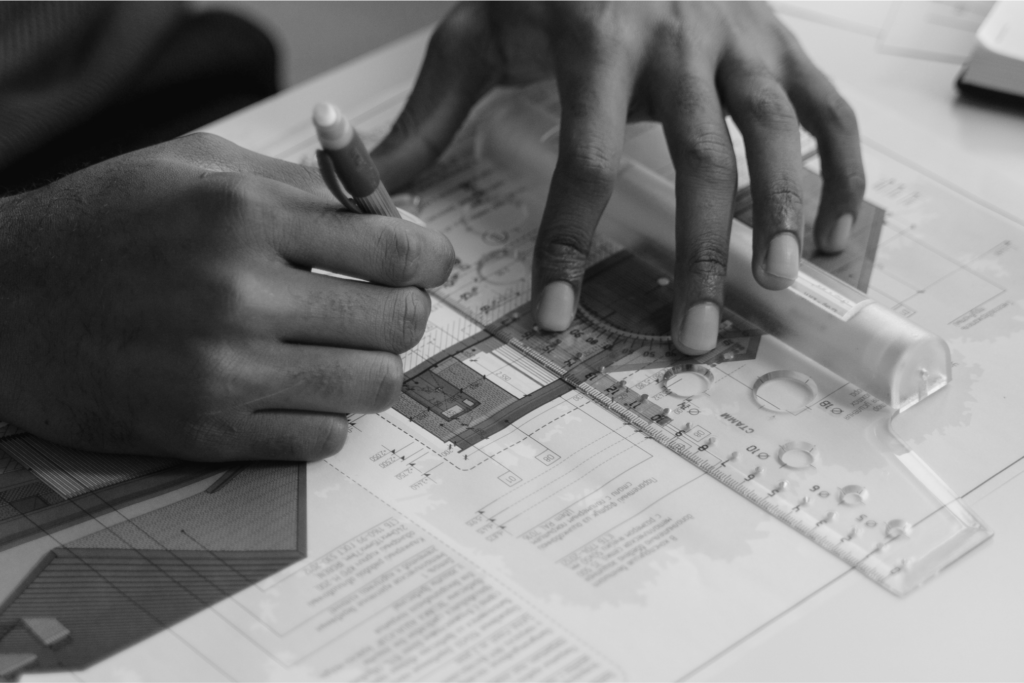
Imagine creating a nutritious meal and launching it into outer space. Imagine bringing a technical blueprint to life, turning lines on paper into a 3D model or augmented reality. Imagine coding an application that keeps astronauts alive by monitoring their oxygen levels. You may be surprised to learn that all of these are actual careers available within the space industry.
Since human beings first left the Earth’s atmosphere, the space industry has grown to employ hundreds of thousands of people in careers that promise higher-than-average wages. And the vast majority of people working in that industry are not astronauts — they work right here on Earth.
The Your Place in Space Challenge helps high school students connect the dots between the skills they’re building in classrooms and the array of space careers available to them. As you consider how to enter the challenge, here are some surprising careers that make space missions possible.
Athletic trainer
From training in 280-pound suits on Earth to working in zero-gravity conditions in space, astronauts face an array of physical challenges each workday. That’s why NASA and other aerospace employers hire athletic trainers to ensure that astronauts receive the proper conditioning to thrive in space. Learn more: Read about members of NASA’s Astronaut Strength, Conditioning and Rehabilitation team (ACSR).
Illustrator
Building the next generation of space technology requires a means to visualize what that tech could look like. Illustrators like Terry White, lead animator and illustrator for NASA’s Space Launch System (SLS) program, create scaled 3D models for presentations and augmented reality, bringing technical models to life for engineers and enthusiasts alike. Terry White’s role is just one example of how a passion for art can become a career in space.
Food scientist
It may sound obvious, but astronauts need to eat. Food scientists, including those at the NASA Johnson Space Center (JSC) Space Food Systems Laboratory, work to ensure that astronauts have access to high-quality food that won’t spoil easily and is simple to prepare. The task is more complicated than you might think: An astronaut’s taste buds change while in orbit as their body’s fluids shift in zero-gravity conditions.
Software engineer
How do orbiting satellites stay on course? How do astronauts track their oxygen levels? Software engineers write the code for programs and applications that allow space tech — from space suits to satellites — to properly function. Read more about the possibilities for space careers as a software engineer.
Enter the challenge
Consider how your own skills or interests might translate into any of the careers above — or something entirely different. Apply what you learn and brainstorm ideas for entering the Your Place in Space Challenge. Then submit a design for a product or service that will contribute to space missions and exploration.
Students and teachers are encouraged to read more about the challenge and visit the resources page to watch the series launch video and explore additional space career pathways.
Teachers can also review the challenge timeline, submission form, and the rules, terms, and conditions as they consider how to bring the challenge to their classrooms.
Submissions are due by 6:00 p.m. ET on October 30, 2023. An independent judging panel will review submissions based on the challenge selection criteria and recommend up to 10 winners. Winning teams will each receive at least $5,000, and may also earn in-kind prizes such as space-related classroom equipment or supplies, site visits to space company campuses, and interactions with high-profile leaders in the space industry. The Department anticipates announcing the winners and launching the next annual challenge in early 2024.
To get started, review the submission details and register for the challenge.
